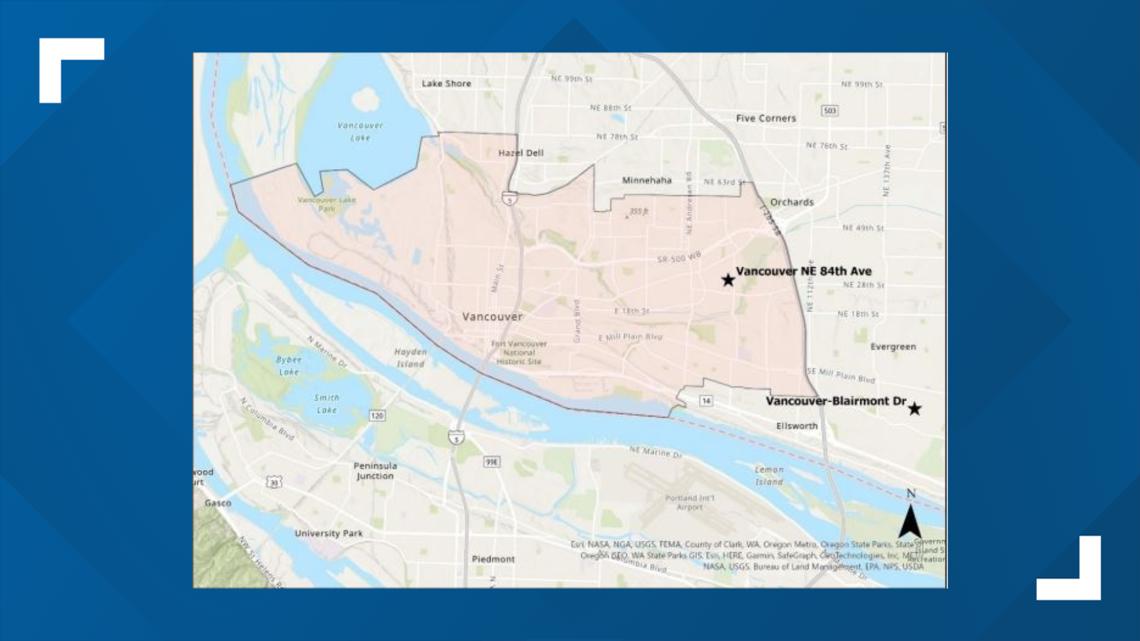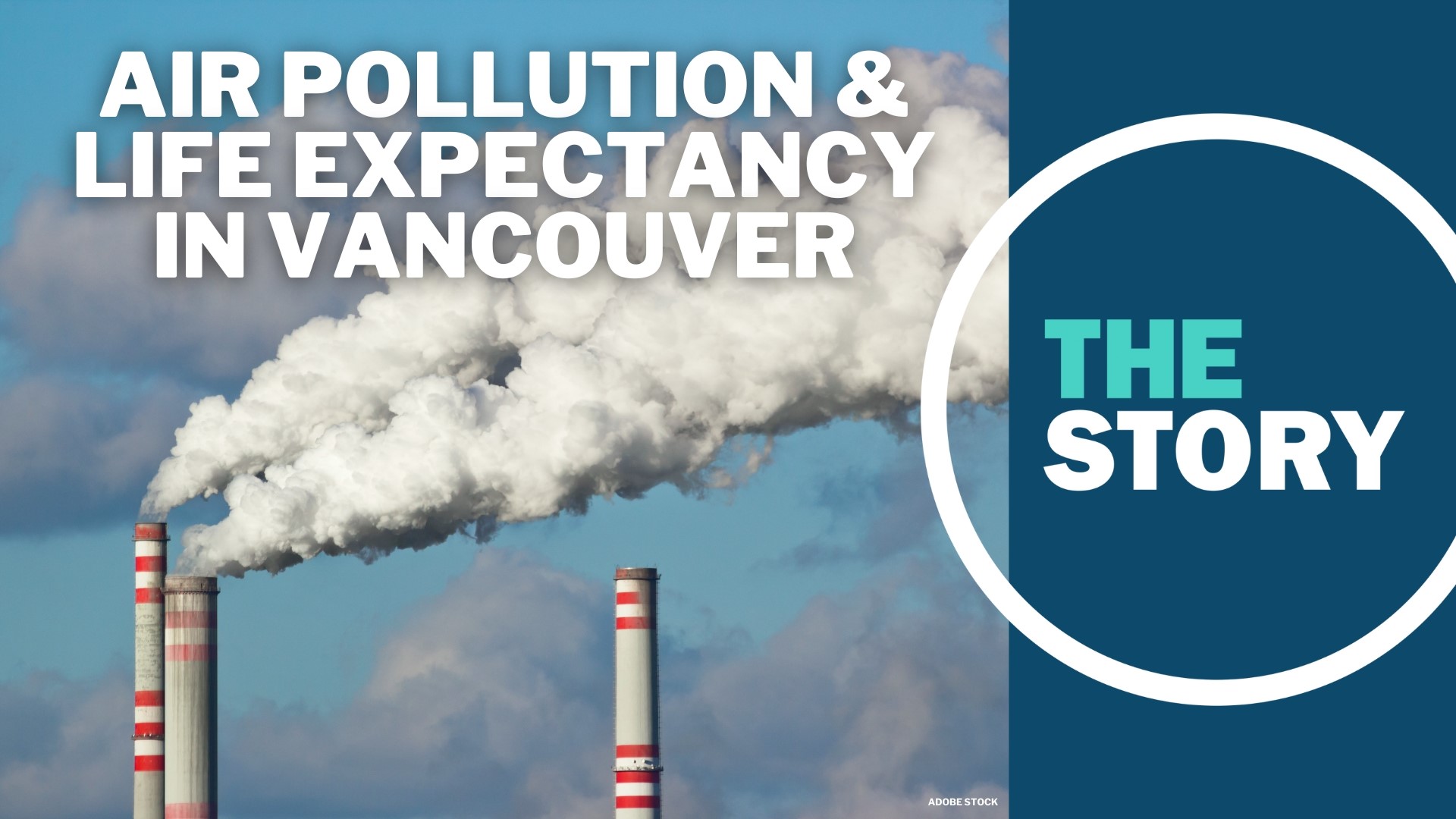VANCOUVER, Wash. —
A new report paints a stark picture of air pollution in some of Washington’s most populous cities.
The report, called “Improving Air Quality in Overburdened Communities Highly Impacted by Air Pollution,” was released last week by the Washington Department of Ecology. It identified 16 areas in the state that have sizable socioeconomic disadvantages and high levels of air pollution.
Among them: parts of North and South Seattle, Spokane, Everett and Vancouver.
This is the first of these reports, which are mandated by the state’s Climate Commitment Act. New reports will come out every two years, aimed at tracking trends and measuring progress.
The first report, said Susan Woodward with the Department of Ecology’s Air Quality Program, was meant to establish a baseline.
And the baseline is not good.
“We estimate that people aged 65 or older are twice as likely to die from air pollution that comes from human sources,” Woodward said, noting that much of the pollution comes from familiar sources: “things like wood stoves, heavy traffic and industry.”
Particulate matter smaller than 2.5 micrometers, also known as PM2.5, plays a large role in poor health outcomes, according to the report. Particles that small are easily inhaled and can cross over into people’s bloodstreams. Prolonged exposure to PM2.5 can lead to increased rates of asthma, heart disease, lung cancer and other cardiovascular illnesses.
One thing the report did not account for, Woodward said, was wildfire smoke, which is a significant source of PM2.5. She said this first report was focused on pollution from human sources, but that future reports will include the impact of wildfires.
RELATED: Oregon wineries get the go-ahead to pursue wildfire lawsuits against Pacific Power parent company
Using data collected between 2016 and 2020, the report estimated that residents of the 16 communities identified in the report had an average life span 2.4 years shorter than people in other parts of the state. The 16 areas identified in the report, called “overburdened communities,” represent some 1.2 million Washingtonians, or 15% of the state’s population.
In Vancouver, the 29-square-mile area is home to just over 100,000 people. Woodward said Vancouver’s industry — and its proximity to industrial North Portland — play a big role in its air quality.


“We know that Vancouver is a transportation hub. It has heavy roadway use. It has trains; it has port activity,” she said. “It's probably impacted by pollution sources across the Columbia River in Portland.”
Like most environmental issues, the impacts are not distributed equally.
“We found that older people of color, especially Black and Hispanic people, have a higher risk of death from breathing our air compared to older white adults who live in their same community,” Woodward said.
That’s due, at least in part, to decades of racist policies, according to the report. Practices like redlining, where people of color were denied home loans in more desirable areas, mean that Black and Hispanic people often live closer sources of pollution like busy roads and industrial facilities. Statewide, people of color make up 33% of Washington’s population, but more than 50% of the population in the areas identified in the report.
Woodward said it was especially important for people in the identified areas to be vigilant and take precautions. Washington has its own app, called AirQualityWA, that can show the Air Quality Index for any location in the state.
She also said it is important for people at higher risk — older people, children and people who are pregnant — to take measures to protect themselves. The state has an instructional video on how to make a cheap, do-it-yourself air purifier:
“You can make one of these fans very easily from a box and a furnace filter, and this will keep the air you're breathing indoors much cleaner when the outdoor air is unhealthy,” Woodward said.
In the coming months, Woodward said the state would be going to the identified communities, including Vancouver, to hear directly from residents about their experiences and how the state can help. They also have an online survey Woodward encouraged residents to fill out.
Additionally, the state will be doling out roughly $10 million in grants to organizations working to clean up the air and help residents in the affected areas.
After adding more air quality monitors, the state will use that data to begin crafting regulations to clamp down on the biggest polluters, Woodward said.
She did caution, though, that it will likely be a long process. But, she said, after years of ignoring the impacts of air pollution on the state’s most vulnerable residents, the work is long past due.
“We know that they have faced these injustices for sometimes decades, generations, and that this is why the environmental and air quality provision in the Climate Commitment Act is so important for us to start righting some of those past wrongs,” Woodward said.

